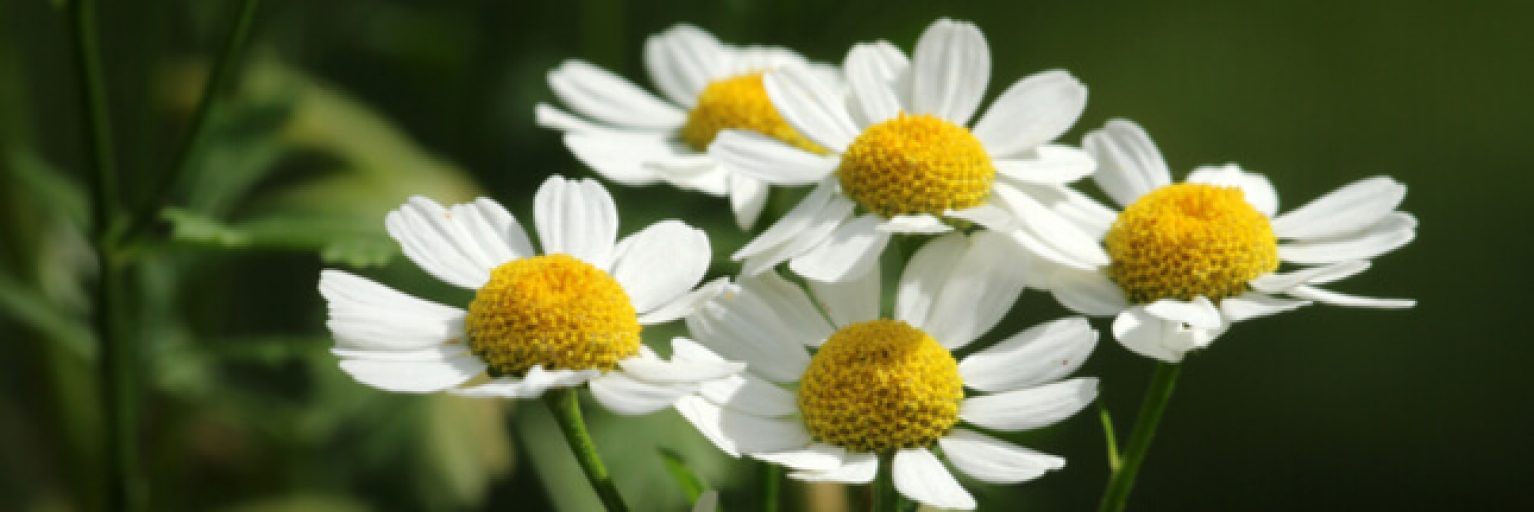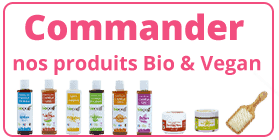En matière de coloration capillaire, la coloration végétale a le vent en poupe, et pour cause : généralement constituée d’un mélange d’eau et de racines ou de feuilles broyées, elle s’impose comme la teinture saine par excellence, respectueuse du cheveu, et non nocive.
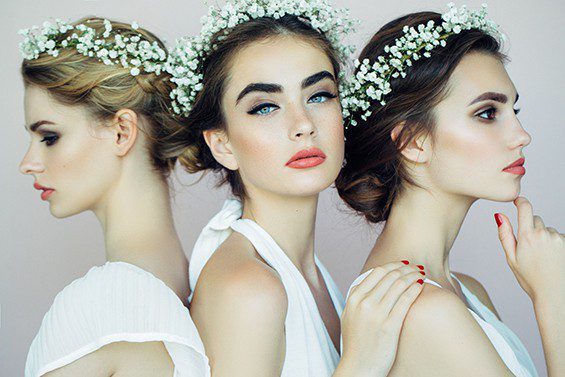
Elle est devenue une solide alternative aux colorations traditionnelles, qui elles sont beaucoup plus agressives pour le cuir chevelu de par les lourds composés chimiques qui les constituent.
De plus, Dame Nature et son armada de végétaux divers et variés offrent naturellement un joli nuancier de teintes.
Pour autant, le tableau est-il parfait ?
Pas forcément !
Un végétal est lui aussi un organisme vivant, gorgé de substances actives, et donc susceptible de faire réagir un autre organisme, notamment par allergie.
Quelques exemples des légères déconvenues qu’il est possible de rencontrer en optant pour une coloration végétale.
Reine de blondeur : la camomille
La camomille n’a pas son pareil pour sublimer des reflets lumineux.
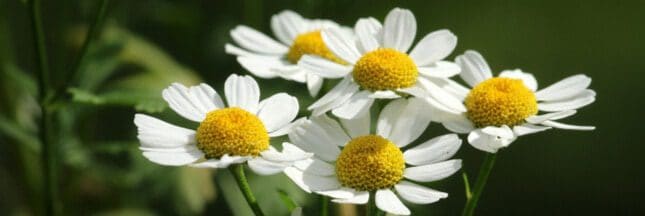
Est-elle sans danger ?
En principe, oui.
En tant que plante calmante, elle déclenche généralement peu de réactions allergiques.
Gare toutefois aux allergies au pollen.
Cela étant, un éclaircissement par camomille s’effectuant par pose d’une décoction chaude, il y a peu de risque de voir cela arriver.
Pour les châtains : le brou de noix
Rien de tel que le brou de noix, c’est-à-dire l’extrait de l’écorce de la noix, pour donner une belle profondeur aux châtains.
Méfiance de rigueur : si vous êtes allergiques à la noix, dans son usage alimentaire, il vaut mieux éviter d’avoir recours à cette teinture végétale.
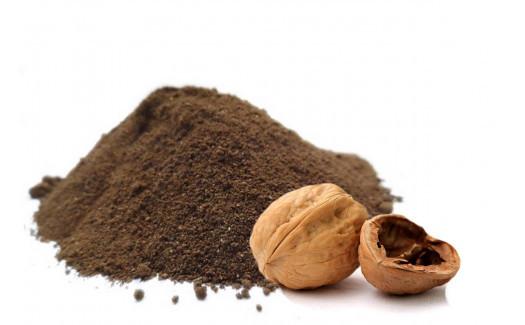
Les symptômes après pose pourraient être les mêmes que dans le cadre d’une allergie alimentaire : bouffées de chaleur, rougeurs, éruptions cutanées…
L’incontournable henné
La feuille de henné, réduite en poudre, est la star incontestée des colorations naturelles.
Utilisée depuis des milliers d’années en tant que produit cosmétique, sa teinte la plus emblématique est l’orangé.
Est-elle inoffensive ?
En principe, oui.
À condition d’une part d’être utilisée « pure » et sans aucun additif chimique, et d’autre part en réservant son usage aux adultes : en effet, cette plante dispose de composés qui, s’ils sont sans danger pour une grande personne, peuvent être toxiques pour les enfants.
Chez Biocoiff’, le henné est pur, certifié BIO, et sans AUCUN sels métalliques.
La garance des teinturiers
Portant bien son nom, ce végétal fournit, par ses rhizomes, le meilleur colorant rouge naturel qui puisse exister, à condition de l’associer à une base de henné.
Y a-t-il une complication possible ?
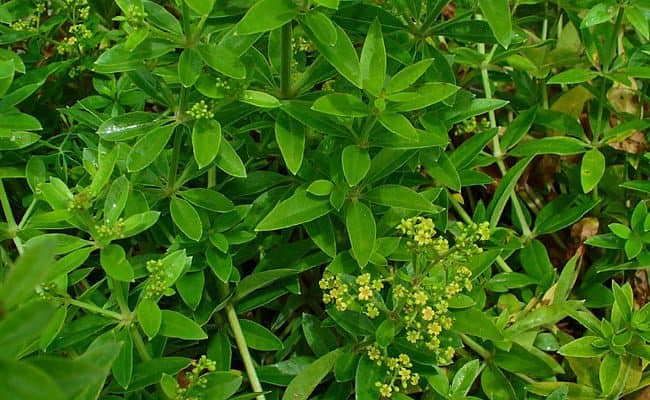
En théorie, non, d’autant plus que la garante est également une plante médicinale !
Mais dans la mesure où il convient, par souci d’efficacité, de l’adjoindre au henné, la vigilance est de rigueur en ce qui concerne les jeunes enfants.
L’indigo : l’ami des bleus
Cet arbuste fournit des feuilles qui, après broyage, produisent des bleus merveilleux.
A l’instar du henné, ce végétal tinctorial ne devrait pas poser de problème, tant qu’il est utilisé absolument pur.
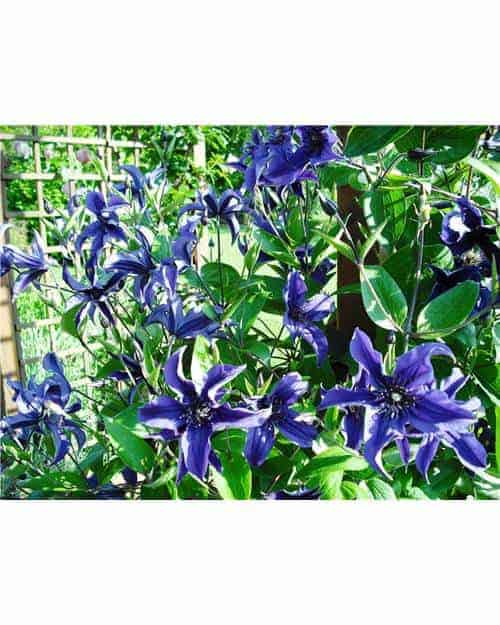
En tant qu’éléments vivants et gorgés de principes actifs, les végétaux tinctoriaux peuvent toujours engendrer une réaction allergique.
Ils sont toutefois infiniment plus recommandables que les teintures traditionnelles et il n’y a pas lieu de s’en méfier outre mesure.
Les risques d’allergie sont en effets très faibles, et les cas d’allergies que nous avons recensé depuis 2005 dans nos salons de coiffure ne dépasse pas la dizaine !
Sans aucun problème donc, vous pouvez faire confiance dans les plantes et leurs pouvoirs colorant, vitalisant, et gainant.

 Coloration Végétale
Coloration Végétale
 Balayage minéral
Balayage minéral
 Soins Capillaires
Soins Capillaires
 Coupe
Coupe
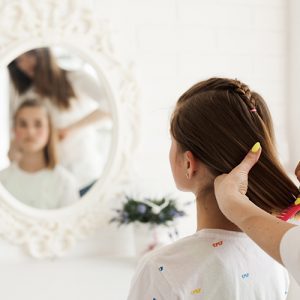 Diagnostic gratuit
Diagnostic gratuit
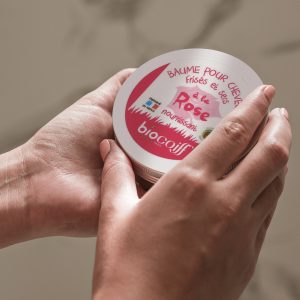 Accueil E-boutique
Accueil E-boutique
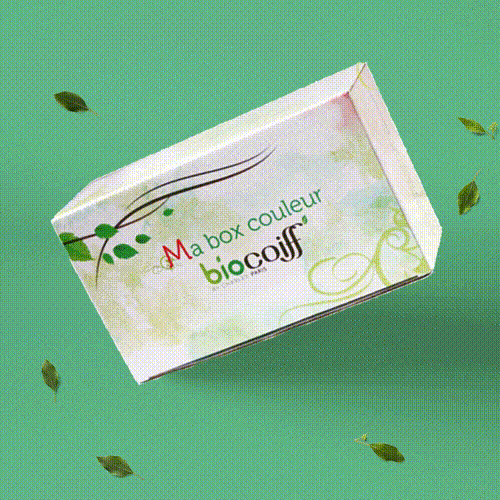 Box Couleur
Box Couleur
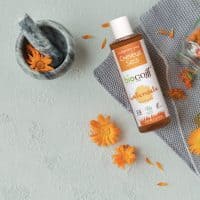 Shampoings
Shampoings
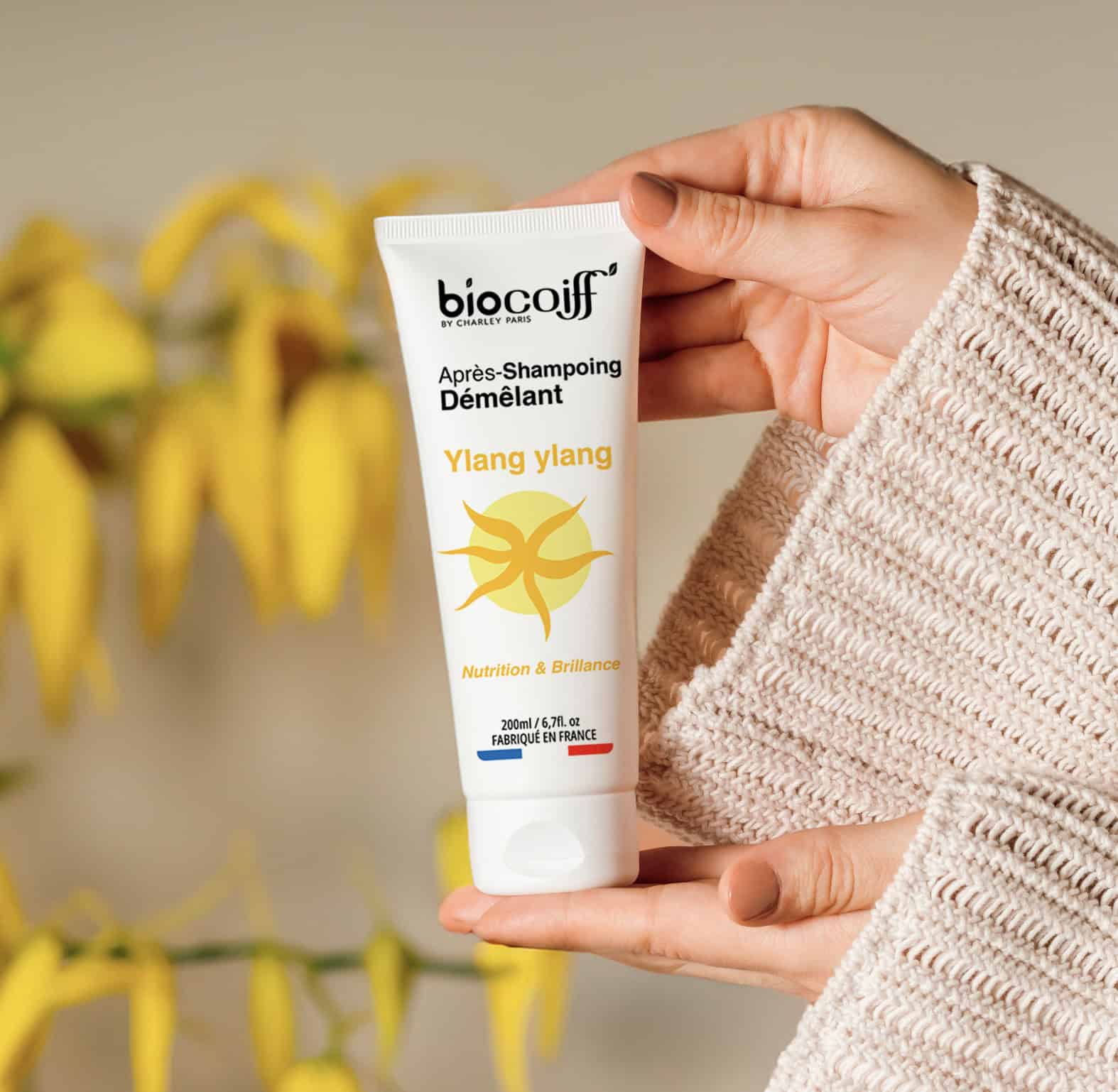 Soins
Soins
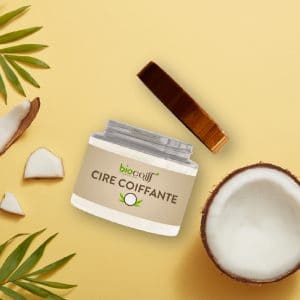 Coiffants
Coiffants
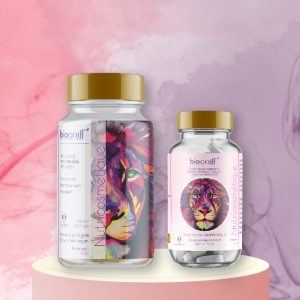 Nutricosmétiques
Nutricosmétiques
 Accessoires
Accessoires
